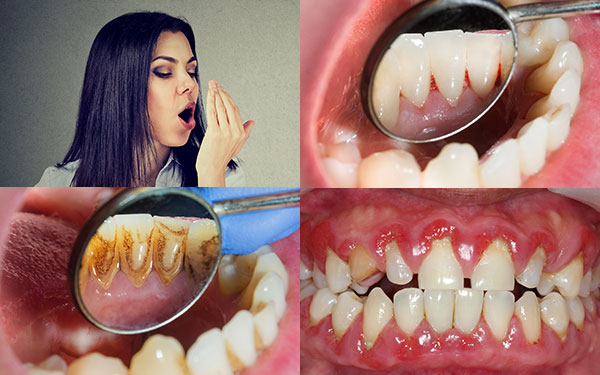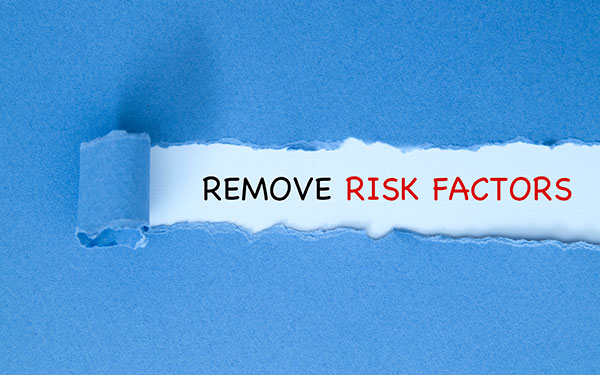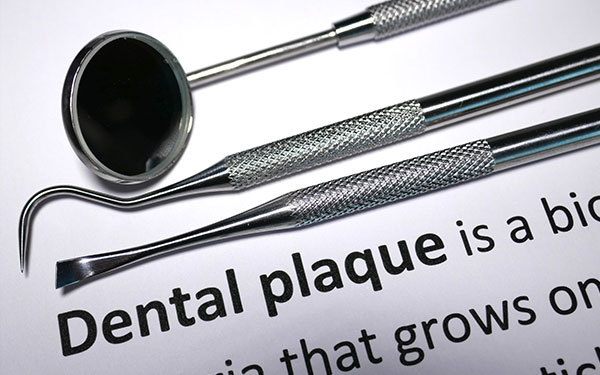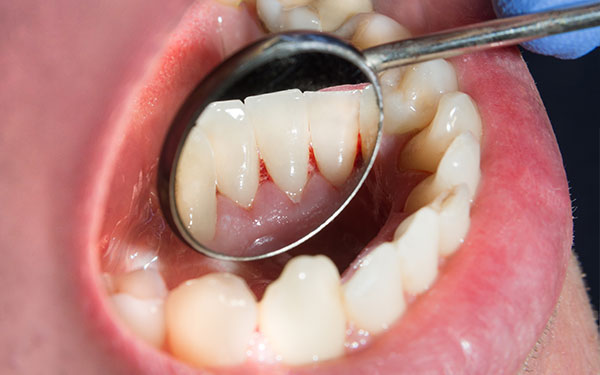Gingivitis
What are the Risks of Gingivitis?
What are the Risks of Gingivitis? Untreated gingivitis can advance to periodontitis. With time, biofilm plaque can spread and grow below the gum line. Toxins produced by the bacteria in biofilm plaque irritate the gums. The toxins stimulate a chronic inflammatory response in which the body, in essence, turns on itself and the tissues and…
Read MoreWhat Factors Can Contribute to Gingivitis?
What Factors Can Contribute to Gingivitis? Although poor oral hygiene is the most common cause of gingivitis, other contributing factors include: Aging Smoking Genetic predisposition Hormonal fluctuations Diabetes and other systemic diseases Stress Pregnancy Certain medications Substance abuse HIV infection MORE ABOUT GINGIVITIS What is Gingivitis? What are the Symptoms of Gingivitis? How Does Gingivitis…
Read MoreHow Does Gingivitis Develop?
How Does Gingivitis Develop? When the starches and sugars in food interact with the bacteria normally found on the teeth, a sticky film called biofilm plaque develops and hardens. If plaque is not removed in a timely manner, it hardens and becomes tartar, which forms beneath the gumline and creates a protective shield for bacteria,…
Read MoreWhat are the Symptoms of Gingivitis?
What are the Symptoms of Gingivitis? Swollen and/or tender gums Red gums Gums that bleed easily when you brush or floss Bad breath Receding gums MORE ABOUT GINGIVITIS What is Gingivitis? How Does Gingivitis Develop? What Factors Can Contribute to Gingivitis?
Read MoreWhat is Gingivitis?
What is Gingivitis? Gingivitis is a mild form of gum disease which, if not treated, can lead to the much more serious condition known as periodontitis. The gingiva is the area of the gums around the base of the teeth. Healthy gums are pale pink and fit tightly around the teeth. Gingivitis causes irritation, redness…
Read More




